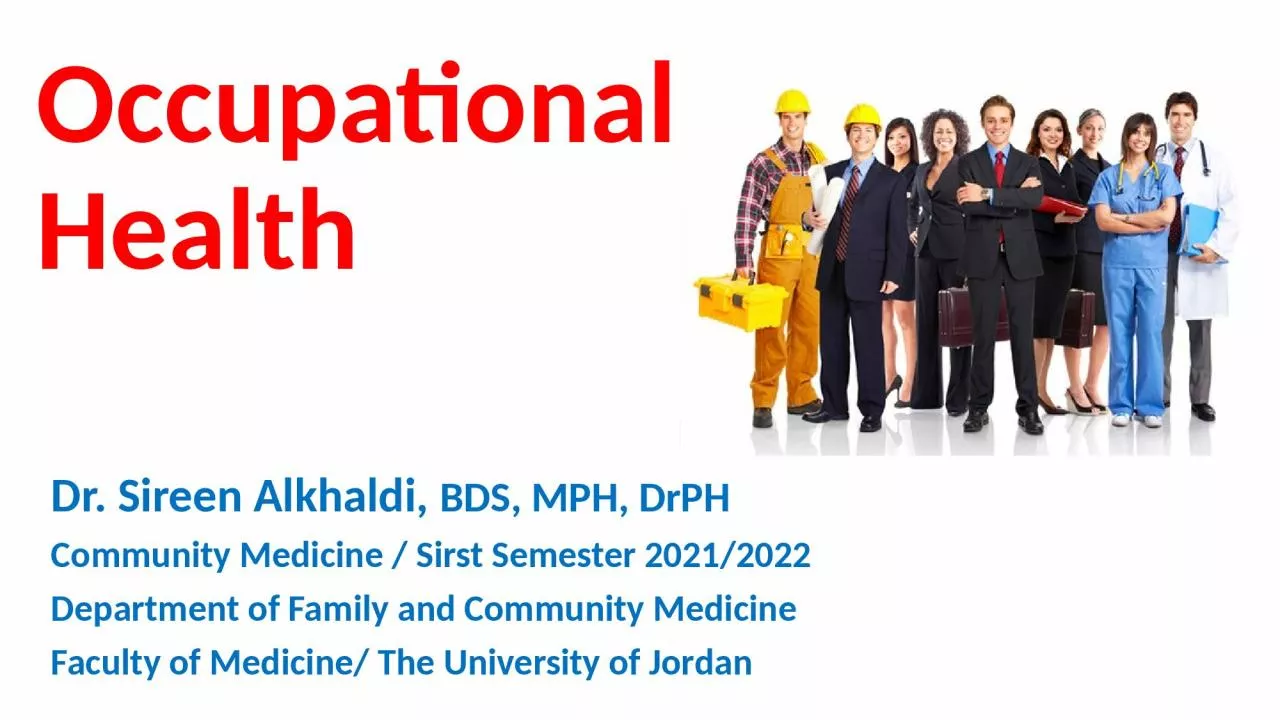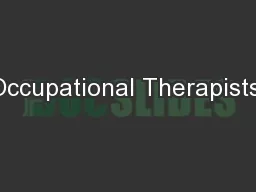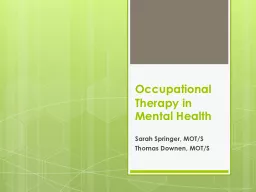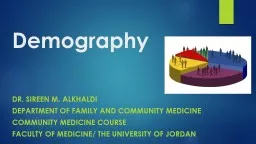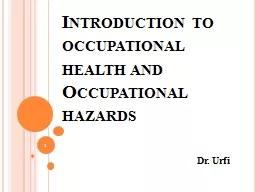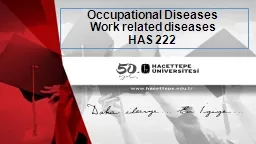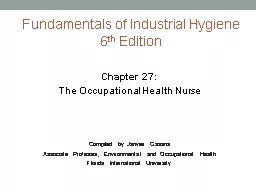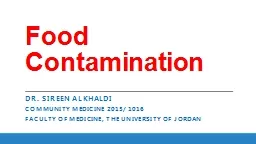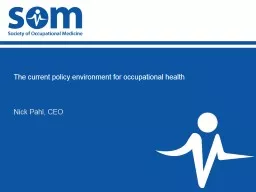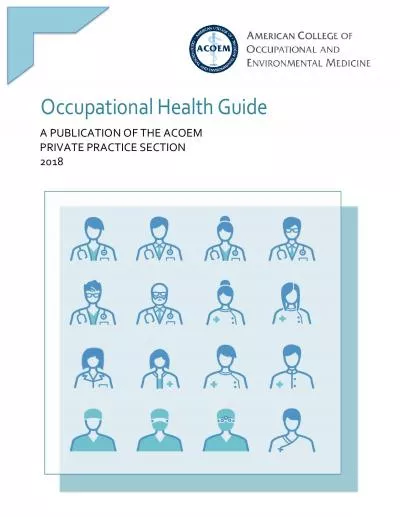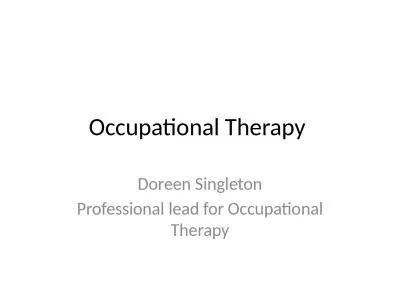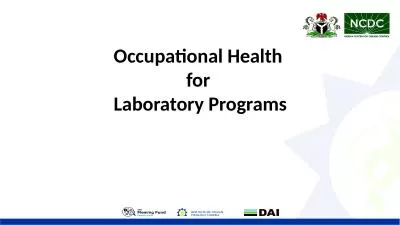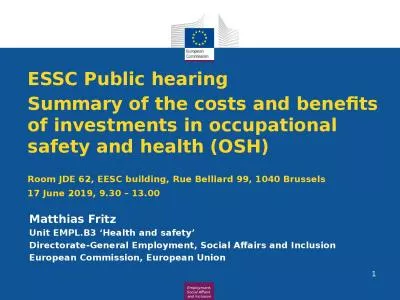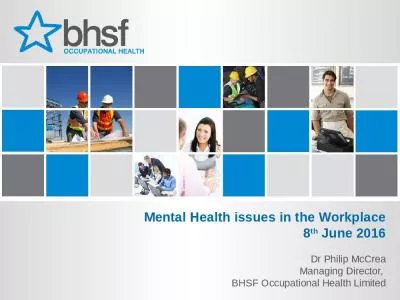PPT-Occupational Health Dr. Sireen Alkhaldi,
Author : mackenzie | Published Date : 2024-02-09
BDS MPH DrPH Community Medicine Sirst Semester 20212022 Department of Family and Community Medicine Faculty of Medicine The University of Jordan Why is occupational
Presentation Embed Code
Download Presentation
Download Presentation The PPT/PDF document "Occupational Health Dr. Sireen Alkhaldi..." is the property of its rightful owner. Permission is granted to download and print the materials on this website for personal, non-commercial use only, and to display it on your personal computer provided you do not modify the materials and that you retain all copyright notices contained in the materials. By downloading content from our website, you accept the terms of this agreement.
Occupational Health Dr. Sireen Alkhaldi,: Transcript
Download Rules Of Document
"Occupational Health Dr. Sireen Alkhaldi,"The content belongs to its owner. You may download and print it for personal use, without modification, and keep all copyright notices. By downloading, you agree to these terms.
Related Documents

